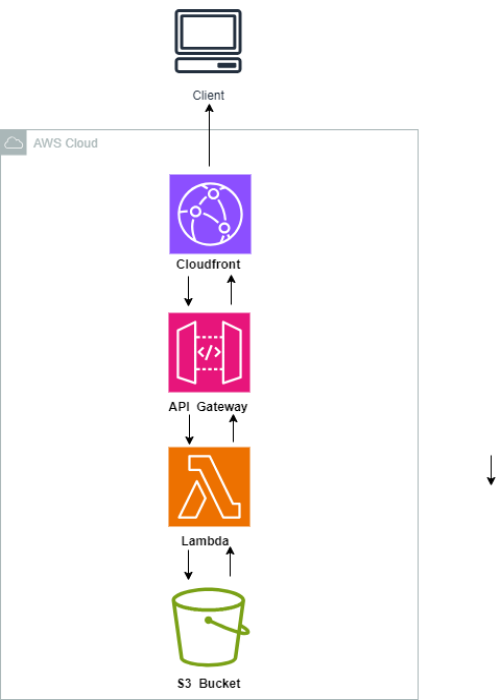
Syed Solutions
Architecting Serverless Solutions

Architecting a serverless solution in AWS involves defining objectives, selecting suitable AWS services, designing for scalability and security, implementing CI/CD, monitoring, and optimizing the architecture.
The steps we take in designing your serverless solution are:
- We meet with the customer to understand their business needs and application requirements.
- We determine the goals, expected traffic, and scalability requirements.
- We identify any compliance or security constraints.
- We select the appropriate AWS services that best fit the application's requirements. Common serverless services include AWS Lambda, Amazon API Gateway, AWS Step Functions, Amazon DynamoDB, and AWS S3.
- We consider additional services like AWS Cognito for user authentication, AWS Secrets Manager for managing sensitive data, and AWS CloudFront for content delivery.
- We create a high-level architecture diagram outlining the components and their interactions.
- We plan for data storage, including the type of databases or data stores needed.
- We decide on the communication patterns between components (e.g., synchronous or asynchronous).
- We write AWS Lambda functions to handle different parts of the application's logic.
- We ensure proper error handling and logging.
- We consider code organization, versioning, and deployment strategies.
- We create RESTful or GraphQL APIs using Amazon API Gateway or AWS App Runner.
- We configure endpoints, request/response mappings, and security settings.
- We choose the appropriate data storage solutions (e.g., Amazon DynamoDB, Amazon RDS, Amazon S3).
- We define data models and access patterns.
- We configure data encryption and backups.
7. Implement Authentication and Authorization:
- We implement user authentication and authorization mechanisms using AWS Cognito, IAM, or custom solutions.
- We define access control policies based on roles and permissions.
- We set up event-driven architecture using services like AWS EventBridge, SNS, or SQS to trigger serverless functions.
- We implement workflow logic using AWS Step Functions if needed.
- We configure auto-scaling for Lambda functions and database resources.
- We monitor and tune application performance using AWS CloudWatch and other monitoring tools.
- We implement security best practices like encryption, identity management, and auditing.
- We comply with relevant regulations and AWS security guidelines.
- We create a staging environment for testing.
- We implement continuous integration and continuous deployment (CI/CD) pipelines.
- We thoroughly test the application for functionality, security, and scalability.
- We set up monitoring and logging with AWS CloudWatch.
- We use AWS CloudTrail for auditing and tracking changes.
- We continuously monitor application performance and user activity.
- We implement backup and recovery mechanisms to ensure data resilience.
- We develop a disaster recovery plan to minimize downtime in case of failures.
- We monitor and optimize costs by using AWS Cost Explorer and Trusted Advisor.
- We implement cost-saving strategies like resource tagging and spot instances.
- We document the architecture, deployment procedures, and operational guidelines.
- We provide training to the customer's team for managing and maintaining the application.
- We deploy the application to the production environment.
- We monitor closely during the initial rollout to catch any issues early.